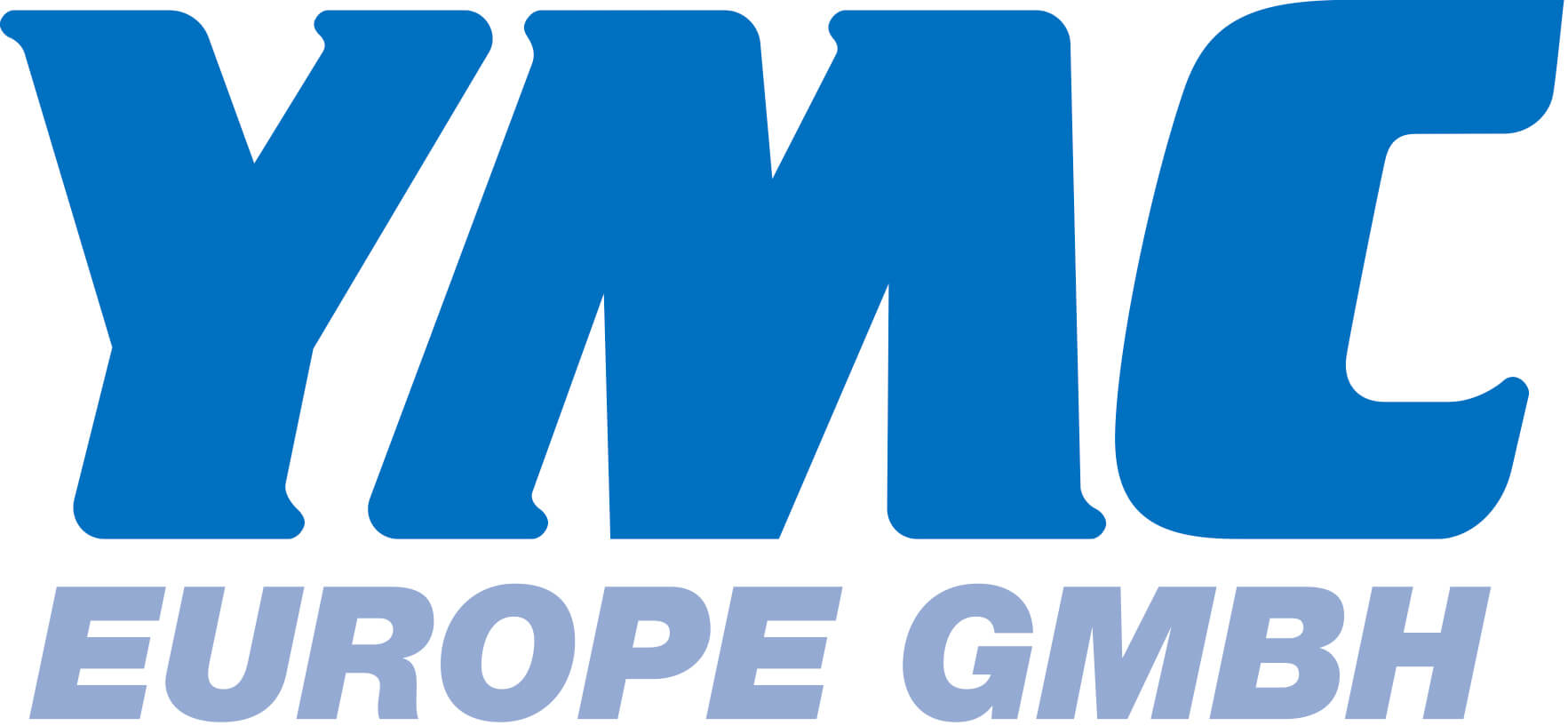One of the most important parameters in the development of therapeutic biologics is their long-term stability. Despite appearing stable in various formulations once purified, many antibodies display very slow aggregation kinetics over time. Thus far, this gradual aggregation could only be evaluated by monitoring monomer and aggregate content over months, or even years. Predictive methods for monitoring aggregation would address this urgent technology gap and help speed up the development timeline of biologics.


The Prometheus NT.Plex by NanoTemper Technologies is a uniquely flexible and easy-to-use device that can be used to extensively characterize chemical (ΔG°), thermal (Tms and Tm onsets) and colloidal stability (Tagg and degree of aggregation) of biologicals. The modular design of the fully automated nanoDSF solution, comprising the Prometheus NT.Plex in conjunction with the NT.Robotic Autosampler and a liquid handling system of choice allows users to perform meaningful chemical denaturation experiments with sufficient incubation times in-between sample preparation and measurement. It also ensures maximum flexibility: no just-in-time sample preparation by the liquid handler is required, and multiple Prometheus NT.Plex instruments can be combined with a single NT.Robotic Autosampler. The Prometheus NT.Plex can be used for predicting long-term stability in only a few hours. The instrument can assess thermal and chemical unfolding in both regular- and high-throughput settings. Chemical denaturation is a technique that uses folding enthalpies of monoclonal antibodies (mAbs) to predict their long-term stability in formulation screening. Using the Prometheus NT.Plex nanoDSF instrument with aggregation detection optics, five formulations at different mAb concentrations were screened for their thermal and chemical stability. The obtained unfolding data correlates with long-term turbidity and monomer content over time, demonstrating that the Prometheus NT.Plex can be used to rapidly predict the long-term stability of biologics within one day. The presented data demonstrates that chemical denaturation is a feasible approach for predicting the colloidal long-term stability of biologicals (see figure below). Moreover, changes in ΔG° as a factor of the protein concentration can give immediate feedback on whether protein aggregation occurs. It can also be used to discriminate between native- and denatured-state aggregation. Knowledge about the aggregation mechanism is vital to the overall design of the development process: Denatured state aggregation can be reduced by excipients which further stabilize protein conformation, while native state aggregation might require different optimization strategies, such as excipients that shield surface-exposed hydrophobic patches in aggregation-promoting sequences, or protein engineering to eliminate such critical sequences entirely. The Prometheus NT.Plex is a unique tool that delivers a complete assessment of antibody stability and aggregation propensity with unprecedented ease-of-use, flexibility and precision.
Abstract:
In order to predict the aggregation propensity of biologics, the assessment of their relative thermal stability and the measurement of ΔG° of unfolding are becoming invaluable tools during formulation development and protein engineering. In this application note, we analyzed ΔG°app, aggregation onset temperatures (Tagg) and unfolding transition temperatures (Tm) of a monoclonal antibody in different formulations, and compared the results with turbidity and monomer content over time as assessed by HPSEC for long-term stability data. For this, we used automated liquid handling in conjunction with capillary-chip filling using the NT.Robotic Autosampler and automated measurement execution by the Prometheus NT.Plex. The results show that this combinatory approach of thermal and chemical denaturation allowed for the identification of the formulation with the best long-term stability.
Contact Information:
Heide Marie Resch
E-mail address: info@nanotemper.de
Phone: +49 89 45 22 895 25





